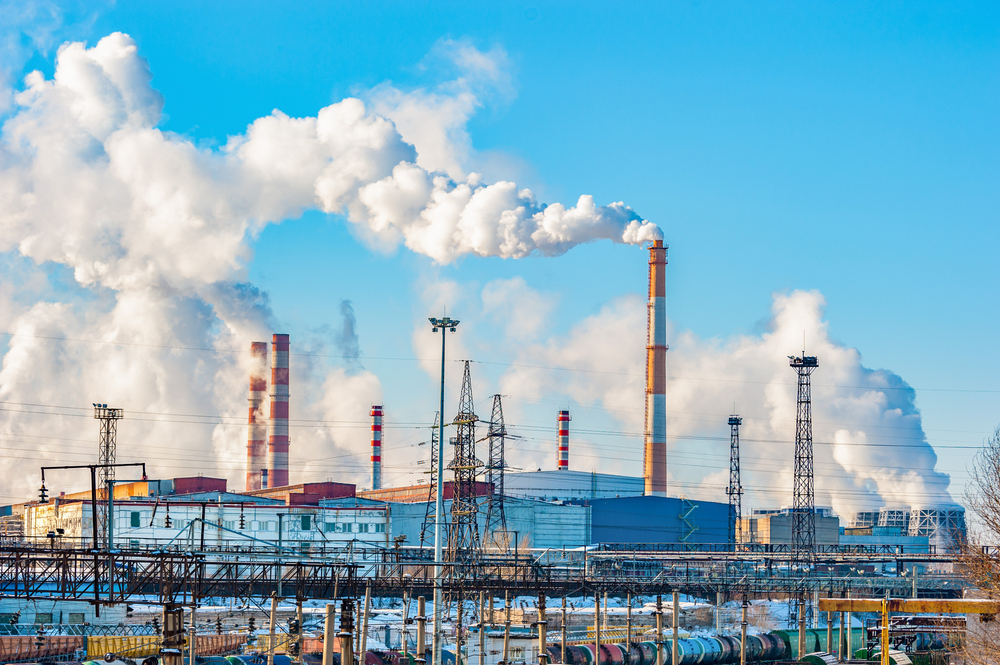The EPA’s annual report on power plant emissions—released on February 18, 2022—reveals a 20% increase in sulfur dioxide (SO2), a 13% rise in mercury, and a 7% increase in carbon dioxide (CO2). The data also showed a 5% increase in nitrogen oxides (NOx) during ozone season (May 1 to September 30) and a 3% increase in electricity demand based on the first 11 months of the year compared with 2020.
“Emissions in 2021 were higher than 2020, reflecting a rebound in coal-fired generation as natural gas prices and energy demand increased,” the EPA says in a press release. “However, compared to 2019, 2021 emissions fell between 3% and 11%, reflecting the long-standing trend of decreasing annual emissions.”
“The 2021 increase in coal-fired generation and resulting rise in air pollution shows how important it is to urgently forge ahead in building and supporting a cleaner power sector,” EPA Administrator Michael S. Regan says. “Thanks in part to EPA rules and policies, we have made great progress in lowering dangerous pollution over the last several decades. But it’s clear our work is far from done, as we deliver on our commitment to protect the health of everyone and especially those most vulnerable among us.”
Annual SO2 emissions from power plants have decreased 94%, and annual NOx emissions from power plants have fallen 88% between 1990 and 2021.
“In 2021, sources in both the Cross-State Air Pollution Rule (CSAPR) annual program and the Acid Rain Program (ARP) together emitted 0.94 million tons of SO2, a 14.8-million-ton reduction from 1990 levels,” the EPA press release adds. “In 2021, sources in both the CSAPR NOX annual program and the ARP together emitted 0.78 million tons, a 5.6-million-ton reduction from 1990 levels. While complying with programs to reduce SO2, NOx and mercury, CO2 emissions from power plants dropped by 21% between 1995 and 2021.
“Long-term declines in emissions are due primarily to changes in the mix of fuels used in electricity generation. While data from 2021 showed a one-year 16% increase in coal generation and a 3% decrease in natural gas generation, there is a shift underway from higher emitting to lower and zero emitting generation.
“Ambient particulate sulfate concentrations in the eastern United States have shown substantial improvement, decreasing between 76 and 79% from the 2000-2002 to 2018–2020 observation periods. All areas of the eastern United States have shown significant improvement in wet sulfate deposition in this period, with an overall 70% reduction. In addition, these emissions reductions are resulting in positive ecosystem impacts. The level of acid neutralizing capacity, an indicator of recovery, improved significantly from 1990 levels at lake and stream monitoring sites in the Adirondacks, New England and the Catskill mountains.”
This emissions data from power plants is collected by the EPA through the ARP, CSAPR Programs, and the Mercury and Air Toxics Standards (MATS). Summaries of the data collected through these programs can be found on the EPA’s Power Plant Emissions Trends website.

